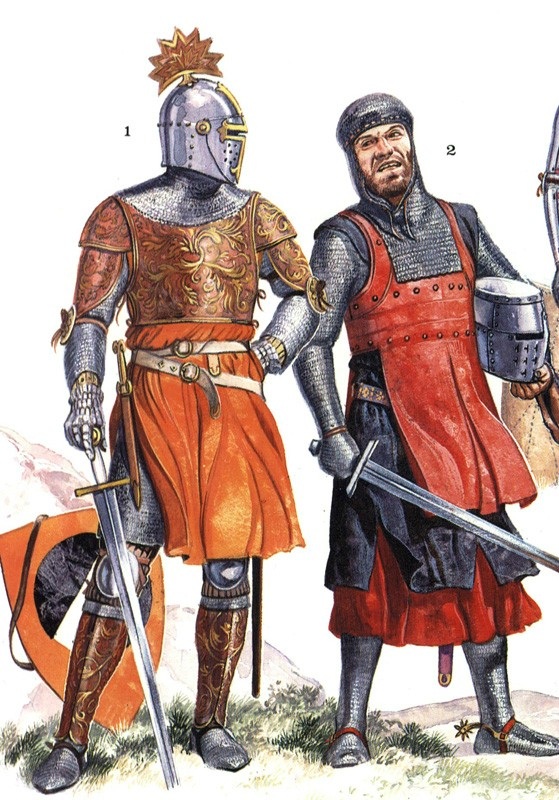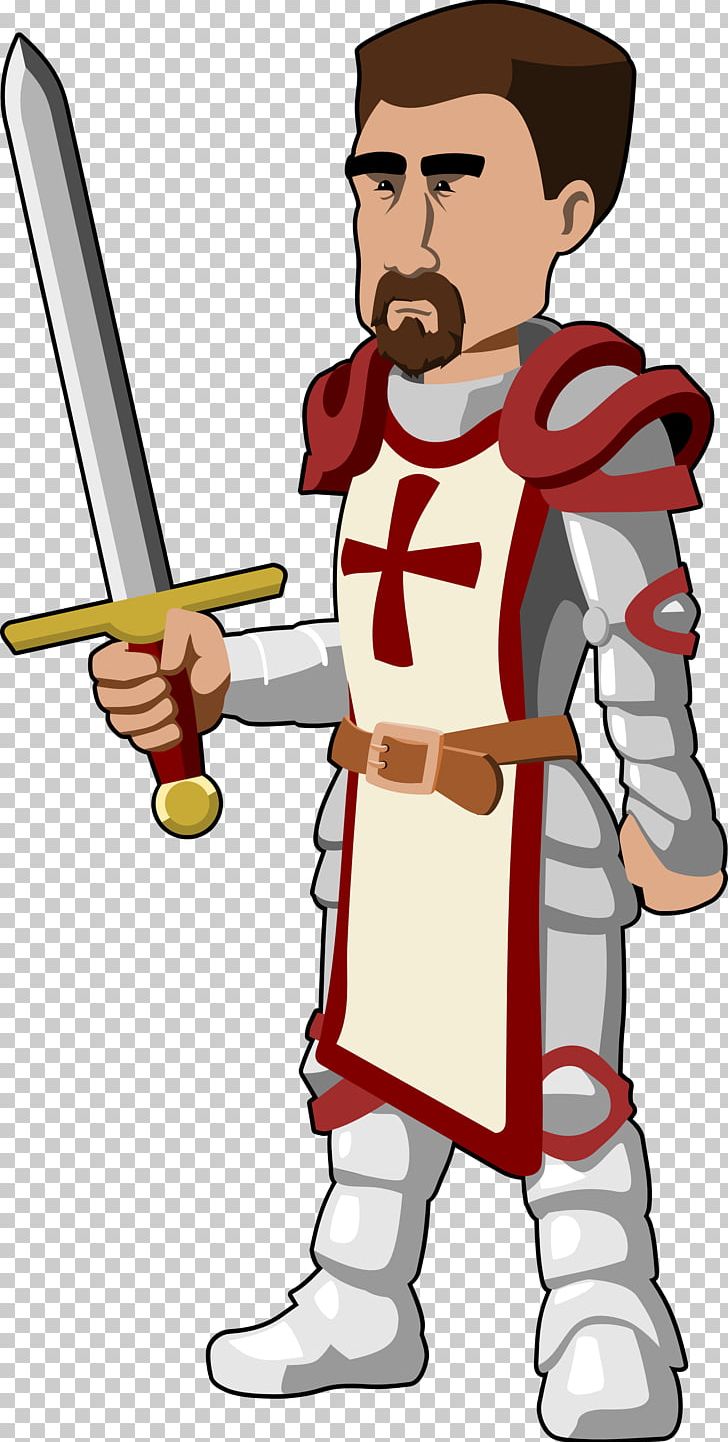

Monks and nuns were men and women who gave up their possessions and left ordinary life to live in monasteries and convents. Priests provided spiritual instruction and conducted religious ceremonies in local, or parish, churches. In the early Middle Ages, it was not unusual for a bishop to lead his own knights into battle. In many parts of Europe the church owned vast areas of land and commanded a large number of knights. Bishops supervised the church's priests, monks and nuns and administered its business. This meant that the noblewoman, if called upon by her lord, could send knights into battle, just as a man would.īishops were the leaders of the church, serving under the pope, the bishop of Rome.

When a nobleman was away, his wife ruled the manor. They could inherit it from their parents or from their husbands. In certain cases, noblewomen themselves could own land. They also helped take care of the sick and the poor. They were in charge of the household servants and supervised the upbringing of children. Noblewomen were the wives and daughters of noblemen. Kings, local lords, and knights were all part-of a ruling class that called itself noblemen. At 21 a squire could become a knight himself, kneeling before the lord of the manor to be "dubbed" on the shoulder with a sword. Squires served as assistants to knights both in the castle and on the battlefield. At 13 or 14 they became squires and began to practice fighting on horseback. Candidates for knighthood began training as pages at the age of 7, learning social graces and skills such as fencing and hunting. Only the sons of lords could become knights. In return for land, they pledged themselves as vassals to the king. Knights were warriors who fought on horseback. Someone might be the vassal of one person, but the lord of another. Within a fiefs, a vassal acted as a local lord and could give portions of it to vassals of his own. Vassals ruled lands granted to them by their king. In return, his vassals promised to fight to defend the king's land. To protect his land from invasion, the king gave parts of it to local lords, who were called vassals. A king (or lord) ruled large areas of land.


 0 kommentar(er)
0 kommentar(er)
